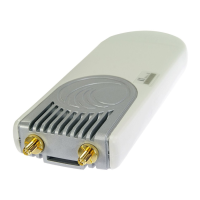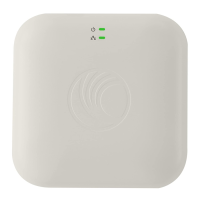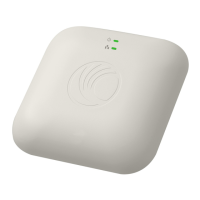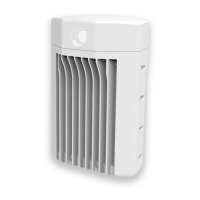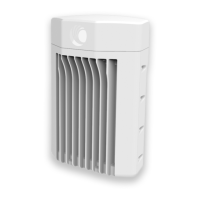CHAPTER 4: USING THE DEVICE
MANAGEMENT INTERFACE
PAGE 4-48
Authentication
(Subscriber Module
Mode)
(NAT Mode, Router
Mode)
ALL: This means that CHAP authentication will be attempted first, then PAP
authentication. The same password is used for both types.
CHAP: This means that CHAP authentication will be attempted.
PAP: This means that PAP authentication will be attempted.
Username
(Subscriber Module
Mode)
(NAT Mode, Router
Mode)
This is the CHAP/PAP username that is used. This is limited to 32 characters.
Password
(Subscriber Module
Mode)
(NAT Mode, Router
Mode)
This is the CHAP/PAP password that is used. This is limited to 32 characters.
MTU Size
(Subscriber Module
Mode)
(NAT Mode, Router
Mode)
Maximum Transmission Unit; the size in bytes of the largest data unit that the
device is configured to process inside the PPPoE tunnel. This field allows the
operator to specify the largest MTU value to use in the PPPoE session, if
PPPoE MSS Clamping is Enabled. The user will be able to enter an MTU value
up to 1492. However, if the MTU determined in LCP negotiations is less than
this user-specified value, the SM uses the smaller value as its MTU for the
PPPoE link.
Keep Alive Time
(Subscriber Module
Mode)
(NAT Mode, Router
Mode)
Configure the Keep Alive Time to allow the radio to keep the PPPoE session up
after establishment. As an example, if this field is set to 5, the PPPoE client will
send a keep alive message to the PPPoE server every 5 seconds. If there is no
times (for a total or 5 times) before tearing down the PPPoE session. Setting
this to 12 will mean the keep alive message will be sent every 12 seconds and
when there is no acknowledgement, the client will try for a total of 12 times
every 12 seconds before tearing down the PPPoE session.
MSS Clamping
(Subscriber Module
Mode)
(NAT Mode, Router
Mode)
Disabled: The SM PPPoE session allows any MTU size determined by other
devices in the PPPoE session during the LCP negotiations.
Enabled: The SM PPPoE session enforces a max MTU size determined by the
PPPoE MTU Size setting for all devices in the PPPoE session during the LCP
negotiations, unless one of the devices enforces a MTU setting that is smaller
in value.
SFP Port (Access Point Mode)
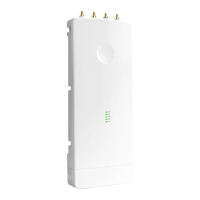
